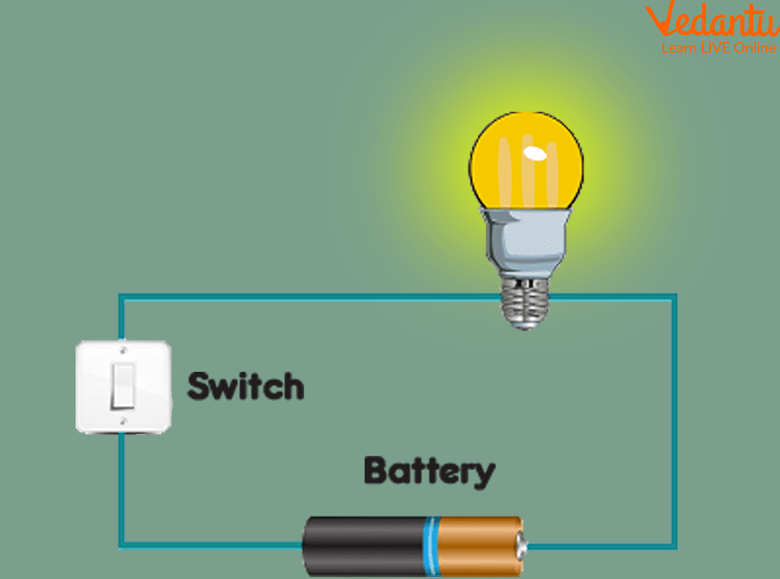




Introduction to Electric Current
Current is the movement of electric charge. It is an essential quantity in electronic circuits. Current moves through a circuit when a voltage is placed across two points of a conductor. In an electronic circuit, the current is the course of electrons. Current moves from positive to negative terminals.

Electric Socket
The flow of electrons through a circuit is measured in ‘amperes’. Electrons would flow through the wires in the direction opposite to that of the current. Benjamin Franklin originated in the year 1752. He wanted to indicate the relationship between lightning and electricity.
Electric Current
Electric current is when electric charges move from one place to another in a circuit. The current frequently travels through conductors or wires. A circuit is a closed track in which electric current travels from a power source. A current of electricity is a slow flow of electrons. There are different sources from which electricity is generated: coal, water, solar, wind, nuclear, etc.
To build an electric current, a few things should be kept in mind or needed which are:
A power supply
A switch and electric components through which electricity will flow
A pathway or circuit
A potential difference between the terminals of the circuit

Electric Circuit
Electric Current Examples
There are some examples of electric current with which we can understand it better. Starting a car, turning on the light, cooking on an electric stove, playing video games, using a phone, charging a cell phone, flashlight, table lamp, and many more. These are examples that we use in our daily life.
Unit of Electricity Current
The SI unit of electric current is the ‘Ampere’ or amp. Electric current is measured using a device called the ammeter.
This SI unit is vital in factual and technological research and development. The International Systems of Units (SI) is the grading system that is always used as a standard for measurements. This SI unit Ampere was signed in 1881.
Electric Current Facts
An electric current is a stream of charged particles.
It is calculated as the net rate of flow of electric charge through a surface.
Electric current can be measured using the electric current formula: I = V/R.
It flows through metals.
It flows through liquids that have free electrons.
It carries a lot of energy.
It is very powerful and dangerous.
There are two types of electric current: direct current and alternating current.
Summary
In this article, we studied about current electricity. Although the current is an example of our daily routine things, they still exist in each and everything. Also, we studied the unit of electric current, some interesting facts, some examples, and a short introduction to electric current.
FAQs on What is Electric Current for Kids?
1. How does electric current work?
Electric current in conductors works by the net flow of free electrons under an appeal voltage. For an electric current to move through a conductor, the conductor must have a sufficient supply of electrons, a suitable externally applied possible difference, and the track for the current to move. Electrons carry a small amount of electric charge. The electric current is sent through transformers to increase the voltage to pull the power long distances. By this explanation, electric current works very fast and frequently.
2. What are the uses of electricity currently?
Some electricity comes from batteries. We can plug all sorts of things into these shockets and use the power from electricity. In our homes we power lights , air conditioning, televisions, ovens and many more from electricity. Without it nothing can be possible. It can be used for entertainment, healthcare, engineering, transport, communication, outdoors, household, commercial ,office, laptop, heating system, dryer and washing machine. Electricity is very important for this universe. A person cannot do nothing without electricity.









